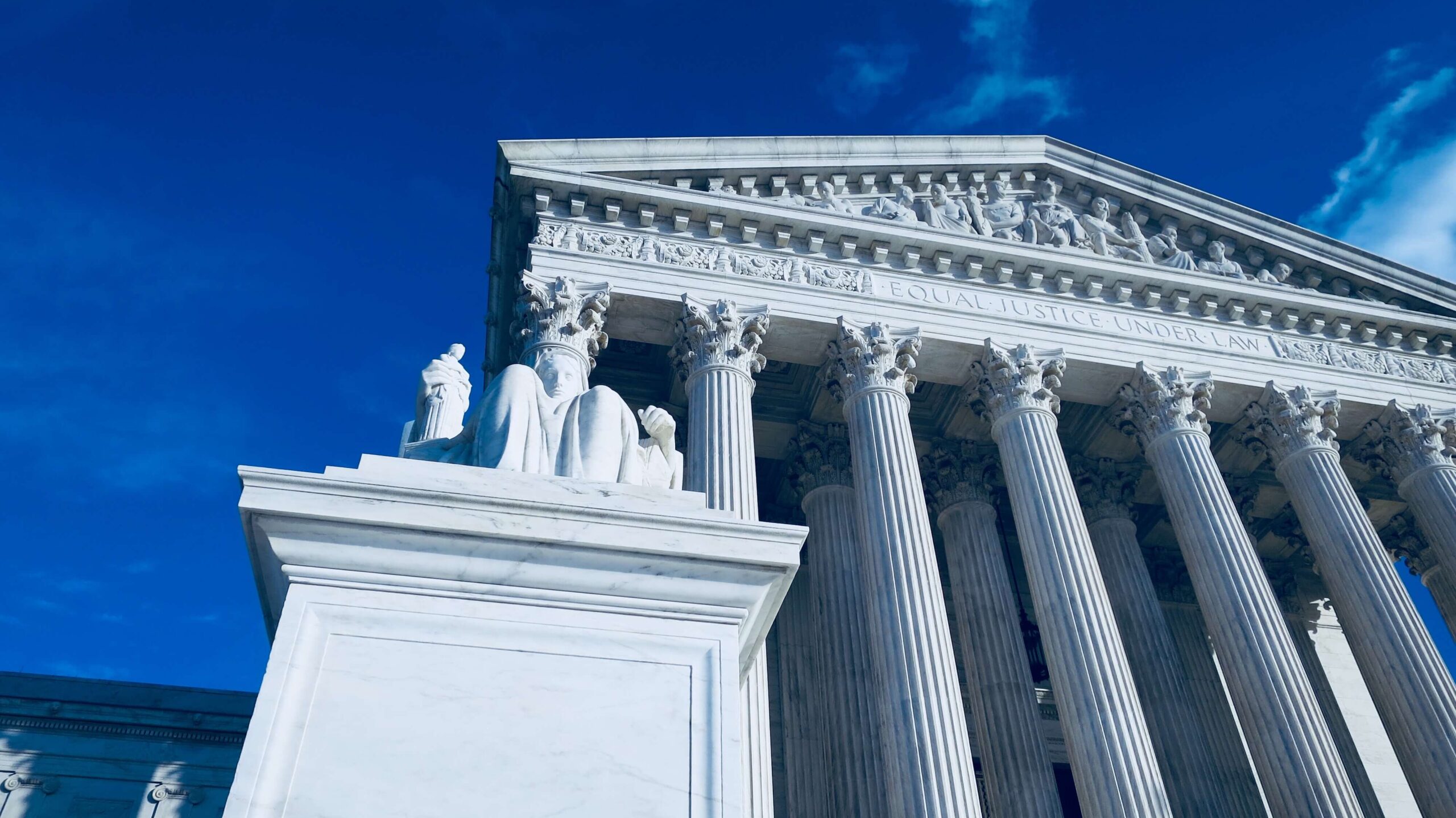On June 1, 2023, the Supreme Court of the United States ruled that the National Labor Relations Act (NLRA) does not preempt an employer’s state court tort claims alleging a union intentionally destroyed the employer’s property during a strike. The ruling is significant for employers in that it could open the door for lawsuits against unions to protect their interests and recover the value of property destroyed during increasingly contentious labor disputes.
Quick Hits
- In a near unanimous decision, the Supreme Court holds that the NLRA does not preempt state tort claims against unions for intentional property damage during labor disputes.
- The majority opinion states that strikers’ actions are not protected if they fail to take reasonable precautions to protect an employer’s property from “foreseeable, aggravated, and imminent harm.”
- The employer’s claim against the union for damages was returned to Washington State court for further proceedings.
Garmon Preemption
Ruling 8-1 in Glacier Northwest, Inc. v. International Brotherhood of Teamsters Local Union No. 174, the high court sided with a ready-mix concrete company, allowing it to pursue a state court lawsuit against the Teamsters, the union for its cement truck drivers. The suit alleged the union “deliberately” staged a strike after trucks had been fully loaded with wet concrete, leaving the concrete to harden and potentially damage the trucks.
According to facts alleged by Glacier Northwest, wet concrete lasts for only a limited time and will even eventually harden in a rotating mixing drum, which can cause significant damage to the mixing truck. The company alleged that at least sixteen drivers who set out for deliveries returned with fully loaded trucks and at least nine abandoned their trucks without notifying the company or taking any actions to protect their trucks. The company was able to take emergency measures to prevent damages to its trucks, but the concrete hardened and was lost.
The Washington Supreme Court dismissed the case, finding the state tort claims were “impliedly” preempted by the NLRA because the loss of concrete was “incidental to a strike arguably protected by federal law.” The issue turned on the so-called Garmon preemption standard from the U.S. Supreme Court’s 1959 decision San Diego Building Trades Council v. Garmon, in which the high court held that claims are preempted when they are “arguably subject” to Sections 7 or 8 of the NLRA.
Reasonable Precautions
In the majority decision, the Supreme Court of the United States observed that the right to strike contained in the NLRA is “not absolute” and Garmon preemption analysis must examine “whether the strike exceeded the limits” of the NLRA. In particular, the National Labor Relations Board (NLRB) has held that strikers are not protected if they “fail to take reasonable precautions to protect their employer’s property from foreseeable, aggravated, and imminent danger due to the sudden cessation of work.”
Writing for the majority of the court, Justice Amy Coney Barrett stated that “far from taking reasonable precautions to mitigate foreseeable danger” to the company’s property, the Teamsters “executed the strike in a manner designed to compromise the safety of [the company’s] trucks and destroy its concrete.”
Based on the facts alleged by the company, the union knew that the concrete was “highly perishable” but waited until the truck drivers had reported to work and after wet concrete was loaded onto the mixing trucks before it called the strike. Even if the timing of the strike and the company’s lack of notice did not alone render the drivers’ conduct unprotected, Justice Barrett noted that the union’s “choice to call a strike after its drivers had loaded a large amount of wet concrete” onto the trucks “strongly suggests that it failed to take reasonable precautions to avoid foreseeable, aggravated, and imminent harm” to the company’s property.
Further, Justice Barrett rejected the union’s argument that the drivers had taken reasonable precautions by returning the trucks, noting that the company disputed that assertion. Regardless, she stated that the fact remains that the concrete would eventually harden and damage the trucks and the union conceded that “the NLRA does not arguably protect its actions if they posed a material risk of harm to the trucks.”
Justice Clarence Thomas wrote a concurring opinion, which was joined by Justice Neil Gorsuch, suggesting he is open to a reexamination of “the oddity of Garmon’s broad pre-emption regime” in which a state court’s power to adjudicate a state court claim depends on what the NLRB says about the bounds of the NLRA.
Justice Samuel Alito filed a separate concurring opinion, which was also joined by Justices Thomas and Gorsuch, stating that the analysis should begin and end with the conclusion that “Garmon preemption does not prevent States from imposing liability on employees who intentionally destroy their employer’s property.”
Justice Ketanji Brown Jackson, the sole justice dissenting, argued in a relatively lengthy opinion that the high court should have deferred to the NLRB instead of inserting “itself into this conflict, and suggested that upon remand, the state court should dismiss the case again or stay the proceedings.
Next Steps
The Supreme Court’s ruling clarifies that claims alleging the intentional destruction of property by unions during labor disputes is not “arguably protected” by the NLRA and allows employers to recover the value of property destroyed by such union member activity. This is significant for employers as it may deter intentional sabotage and other destructive union actions during what are becoming increasingly contentious labor disputes. It could also further limit the labor-friendly NLRB from issuing a ruling that the NLRA protects such deliberate actions to destroy perishable property as alleged in the case. Nevertheless, this case did avoid labor’s most feared outcome: destruction of Garmon preemption. While Justices Alito, Thomas, and Gorsuch expressed a willingness to reconsider or dispense with Garmon preemption in a future case, that doctrine persists.
Ogletree Deakins’ Traditional Labor Relations Practice Group will continue to monitor developments and will provide updates on the Traditional Labor Relations blog as additional information becomes available. Important information for employers is also available via the firm’s webinar and podcast programs.
Follow and Subscribe LinkedIn | Twitter | Webinars | Podcasts







